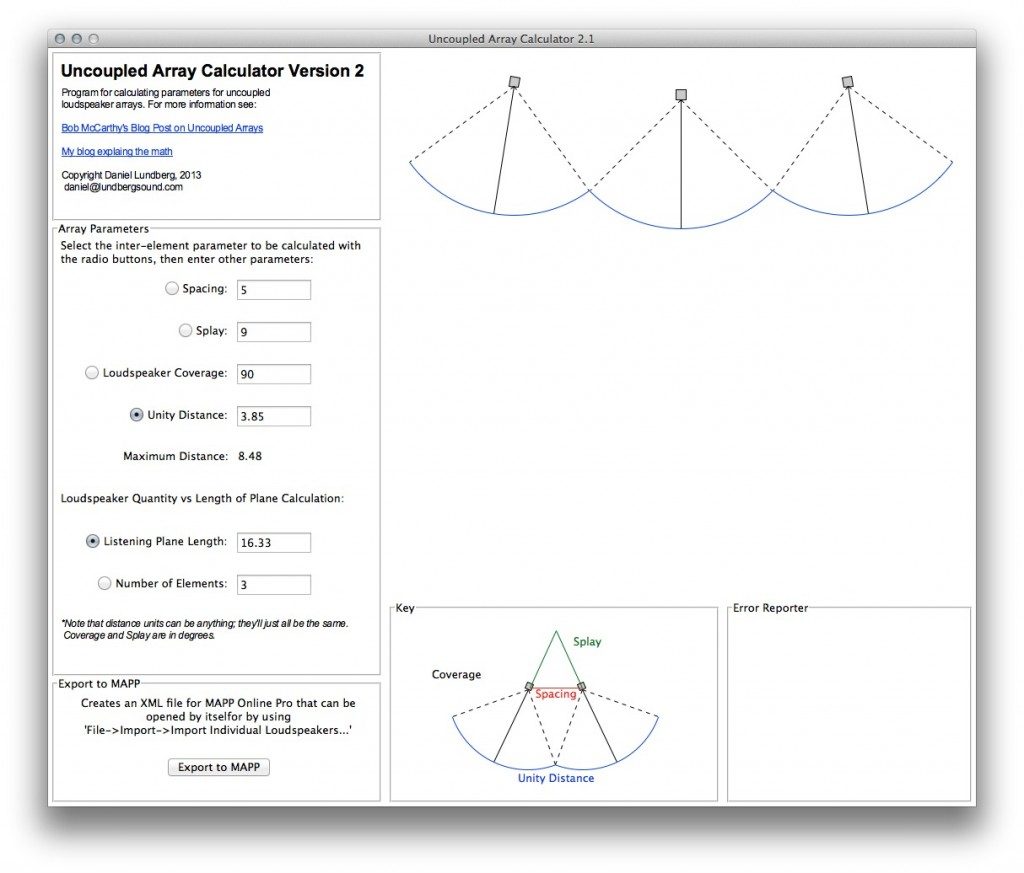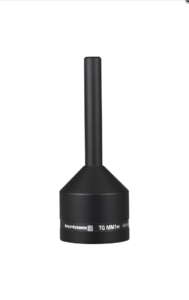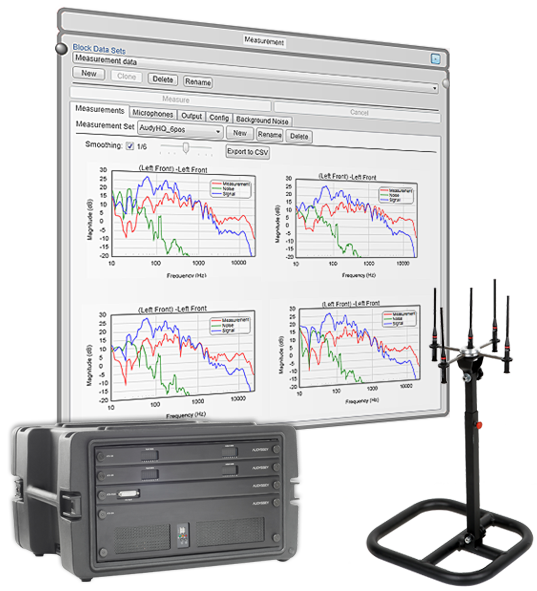prosoundweb.com – study hall acoustic measurement page 1
prosoundweb.com – study hall acoustic measurement page 2
prosoundweb.com – study hall acoustic measurement page 3
SIA Smaart Live for Beginners – Doug Fowler
JBL-Smaart V3 documents
If you want to take a look back in time, read these JBL-Smaart documents:
jblpro.com – smaart pro PDF
jblpro.com – jbl smaart pro webpage
jblpro.com – smaartqa PDF
AES conference 59 documents and media
At the link below, there are videos, mp3s and PDFs of some presentations by Bob McCarthy, Jamie Anderson, Dave Gunness, Merlijn van Veen, etc…
Wave Length Calculator with harmonics
Bass Trap Myths by Ethan Winer
Sub align calculator explained – Merlijn van Veen
The application the video below explains can be secured here:
Matched Slopes by Merlijn van Veen
Beyer MM-1 calibration files for Smaart
A friend of mine has (16) Beyer MM1 measurement mics with calibration files but they are not formatted to load directly into Smaart without be manipulated.
beyerdynamic.com – MM-1 webpage
Beyer MM-1 spec sheet PDF
Beyer MM-1 user manual PDF
As soon as I figure out how to get the file formatted to load into Smaart, I will post the details.
Audyssey MultEQ
I just learned about Audyssey and it’s various technologies. One of them being MultEQ. I cannot speak of whether the concept / system works or not but it’s interesting to consider.
Quote:
“At the core of everything Audyssey creates is our first technology, MultEQ™. Based on 6 years and $6 million of research at the USC Immersive Audio Lab, MultEQ delivers accurate, enveloping, and distortion-free sound in any listening environment. It has won numerous awards and is the basis of several other Audyssey technologies. MultEQ has been established as the standard room correction technology for today’s leading audio products.”
Surrounded By Sound – Acquisition and Rendering Methods for Immersive Audio PDF
The Audyssey Tuning System
This is an interesting find.
audyssey.com – Audyssey Tuning System
Quote:
The Audyssey Tuning System is the newest and most advanced way for manufacturers to optimize sound. Exciting stuff, if you’re the type of nerd who gets excited by ground-breaking audio engineering.
The ATS technology bundle is designed to be implemented at the factory level, so automobile and electronics companies can tune their products directly off the line to provide their consumers with optimized and consistent sound. We’re bringing innovation to industry by making it a fully integrated part of any industry’s manufacturing process.
ATS begins with MultEQ, Audyssey’s revolutionary space equalization software. Except a traditional MultEQ uses a single microphone. MultEQ on ATS uses 8 microphones and records chirps simultaneously. So if you’re a geek, you already love it. ATS is processing audio information in multiple locations, from multiple directions, not just averaging for a sweet spot, but precisely mimicking the actual listening experience. That’s a lot of information. So a job that used to take literally days, now can be done in about 45 minutes. And by the time audio engineers take and record all the acoustic measurements they want in all the places they need, they’ve not only lost time and added work, but they’ve also ended up with a number that’s significantly less accurate. Our technology is making manufacturers’ jobs easier and smarter. We call that applied intelligence.
And with ATS the whole thing is done in real time. Pretty cool. See Audyssey Tuning System lets audio engineers experiment and hear the changes as they make them. Applying filters to one output affects every other and a manual adjustment is not only tedious, but with the 64 channels that ATS is built to handle, it’s downright impossible. Every time a filter is applied to one part of the audio chain, ATS technology reads the cluster and rebalances all the other affected aspects. It’s like ten thousand techies, nerding-out at precisely same time.
Now add in technologies like Audyssey’s Volume Extension and Dynamic Volume, and the speaker performance kicks in to a warp-drive.
Audyssey Tuning System is the result of a list of technologies combined with years of research into psychoacoustics. While manufactures need to balance their sound perfectly, at Audyssey, we have a passion for making sure that perfectly is how it’s heard. From how the audio is produced to the way it’s processed, Audyssey is the journey to great sound.
Interpreting Delay Finder & Why The Impulse Response Won’t Work For Subwoofers
Watch this Meyer Sound webinar:
meyersound.com – Interpreting Delay Finder (Impulse Response) Data
And then watch Merlijns video:
merlijnvanveen.com – Why The Impulse Response Won’t Work For Subwoofers
Understanding phase
I have known since the beginning that the final frontier of audio measurements and system optimization is a firm grasp of how phase works and how to manipulate it properly. It’s also one of the hardest parts of the pursuit for me. Maybe I am special:) we cannot ignore our weaknesses and continue to make progress so the rest of 2016 I will study phase harder than ever before. Below are the top results when I do a google search for “understanding phase”. I’ve included one entry about phase diagrams that in theory will have nothing to do with audio phase but maybe it will. No reason to limit the exploration until we know that “phase” isn’t a universal concept whether it be related to the moon, gases or audio.
Here are links to the top results I get in Google when I type in “Understanding Phase” on 081616.
youtube – Understanding Phase – Part 1 by Bob McCarthy
youtube – Understanding Phase – Part 2 by Bob McCarthy
soundonsound.com – Phase Demystified by Mike Senior
uaudio.com – Understanding Audio Phase and Correcting Issues by Daniel Keller
mixonline.com – Understanding Phase Part 1 : Making Sound Visible by Bob McCarthy
musicthinktank.com – Understanding Phase by Barry Gardner
khanacademy.com – Phase Diagrams by Sal Khan
ask.audio – Audio & Music Production Concepts: Understanding Phase by Rishabh Rajan
Howard Page’s Ultimate Guide To PA Tuning
I recently sent Howard Page some questions and his response included a reference to reading an article he wrote for Audio Technology magazine.
The article is entitled “The Howard Page Method – Tuning & Optimizing Large-Scale Concert Sound Systems” and starts on page 21 of the document available at the link below. Enjoy!
PA System Tuning 101
This is an online article by Barry Jackson from 2010. Interesting read:
Dolby X-Curve explained
One of the things touched upon during a recent Smaart class was the Xcurve that is included in Smaart.
What is the Dolby X-Curve?
The X-Curve: Its Origins and History PDF
X-Curve is Not An EQ Curve PDF
Here is what the X-Curve reference trace looks like in Smaart.
Different types of mics explained
There is more than one type of measurement mic and understanding the differences will help decide which mics you need to use for different purposes. The most common measurement mics are…
More soon
Dante for measurement purposes
In my view, the Dante audio networking protocol has taken the lead position when compared to other audio networking protocols (old and current).
wiki – Comparison of audio network protocols
wiki – Audio network protocols
One interesting side note is that via Audinate, Dante was developed with support from the Australian government.
Audinate – history
Where previously Smaart classes were taught using a standard audio interface and students had to watch the instructor have all the fun, some Smaart classes (such as the recent class I attended in Fort Worth) are using a Dante audio interface to share signals to the class. In the case of my class, a Yamaha Tio1608-D stage rack was used for inputs and outputs and signal distribution. Over 25 people in the class were able to access the relevant signals in real time via the Dante Virtual Soundcard driver at the same time and follow along.
Audinate – Dante Virtual Soundcard webpage
Looking forward, with a Dante mixing console, Dante stage racks, Dante DSP unit, measurement rig, etc… one will be able to measure any signal against any other signal at any time without a single patch cable or interruption in signal flow.
As any measurement rig becomes more complicated, there are some considerations to address. One is the latency inherent to the Dante enabled hardware and Dante protocol. Latency is a fact of life. Even using a simple audio interface, one has to keep track of how signals are being sourced to avoid making mistakes in the time domain. I mentioned this concern to a network specialist / audio engineer friend and he pointed me toward this information.wiki – Precision Time Protocol
At the end of the day when measuring, we reference microphones & electrical signals against each other and the goal is to see the difference (if any) between them. There is latency involved with all A/D and D/A conversions. There is a small amount of latency related to audio network traffic. What is relevant is to understand where in the signal chain you are referencing to. If you are time aligning your speakers and your reference signal (pink noise) is not following the same signal path as your microphones, that may not matter as long as you maintain the same signal paths. Once you begin to pick signals from different devices on a Dante system and some leave the system and reenter, you may have issues.
Smaart class 2016 Fort Worth
The Smaart class I’m attended starts tomorrow, August 9 and goes through August 11. I’ll post what we learn here as the class progresses. More soon.
Day 1 – We spent the early morning going over the basics of audio measurement and the late morning getting everyone’s computers to work with the Yamaha Tio1608-D dante device via the Dante Virtual Soundcard (DVS) driver. Then we covered single channel measurement including averaging of multiple signals as well as displaying the same signal with different averaging settings. After lunch we moved on to dual channel measurements and that fill the rest of the day. More soon…
Uncoupled Array Calculator V2
Daniel Lundberg, a sound designer and system engineer, has created an application called “Uncoupled Array Calculator V2” which lets the user design uncoupled loudspeaker arrays and visualize the results.
Daniel Lundberg – Uncoupled Array Calculator webpage
Beyerdynamic TG MM1w – wireless measurement capsule
For measurement projects in large spaces, having the ability to move a mic or mics around without cabling is a huge time saver. Unfortunately there are few options when it comes to wireless systems that are useful for the purpose and they’re all either expensive or require modifications and work arounds. Most wireless systems use a compander circuit that makes the system useless for measurement purposes.
wiki – Companding
The few systems that are capable of providing measurement grade results digitize the signal which avoids compansion. Fortunately, the list of options just grew. Beyerdynamic has announced the TG MM1w measurement capsule that will screw on to their wireless TG1000 series hand held body.


TG MM1w announcement
QUOTE: “The TG MM1w interchangeable measurement microphone capsule completes the beyerdynamic TG 1000 digital wireless system and serves to calibrate ELA and PA systems.
With the TG MM1w, the TG 1000 digital wireless system presents an all-in-one solution. The wireless system can now be used not only to mike speaking and singing voices and musical instruments, but also to calibrate ELA and PA systems in the theatre, at live concerts or at festivals. The TG MM1w interchangeable microphone capsule can be easily fitted on the TG 1000 handheld transmitter and makes it possible to calibrate simply, without needing to lay metres of cable.
The transmission characteristics have been selected to achieve a linear frequency response and therefore natural sound reproduction. The omnidirectional polar pattern of the TG MM1w make it possible to measure the sound equally from all directions. The compact all-metal housing has minimal influence on the acoustic environment and is also very robust.”
Beyerdynamic TG MM1w webpage
Quote: “With the TG MM1w, the TG 1000 digital wireless system presents an all-in-one solution. The wireless system can now be used not only to mike speaking and singing voices and musical instruments, but also to calibrate ELA and PA systems in the theatre, at live concerts or at festivals.
Due to the linear frequency response of TG 1000 the TG MM1w behaves in the same way as the wired version MM1. The interchangeable microphone capsule can be easily fitted on the TG 1000 handheld transmitter and makes it possible to calibrate simply, without needing to lay metres of cable.”
Each microphone is supplied with a printout of an individually measured 0° frequency response curve. The measured data can be requested by sending the serial number of the microphone head to AudioSystems@beyerdynamic.de.”
Beyerdynamic TG MM1w specsheet PDF
Beyerdynamic TG 1000 handheld transmitter webpage
Smaart Survey 080316

There seems to be no consensus regarding how to properly select measurement parameters such as smoothing or averaging any more than there is a consensus on how to tune a sound system. In order to learn what Smaart users are choosing for their smoothing and averaging settings, I’ve configured an online survey. The survey is anonymous and there is no requirement to set up an account. If you are a Smaart user, please take the survey below,
Smaart user survey 080316
You can view the results of the survey here:
Smaart user survey 080316 results


